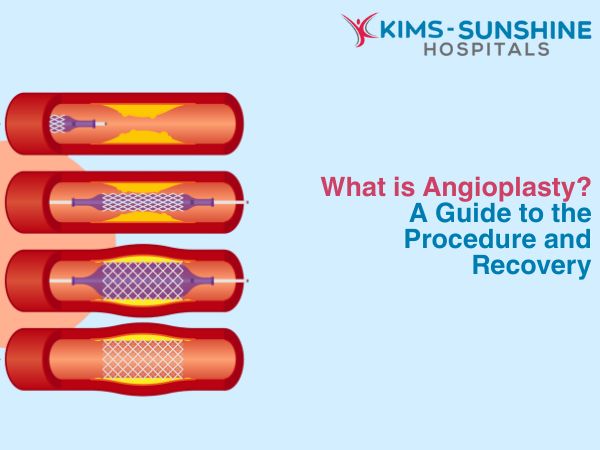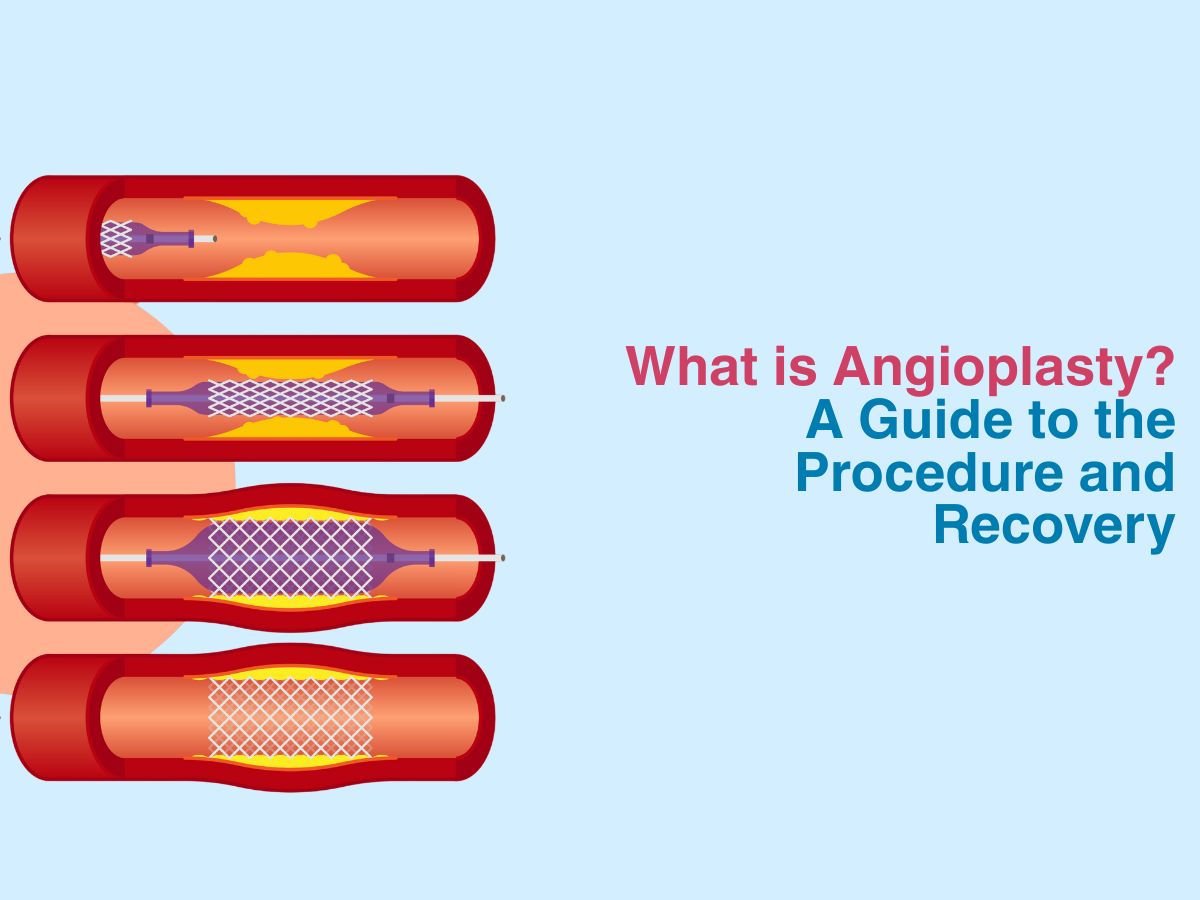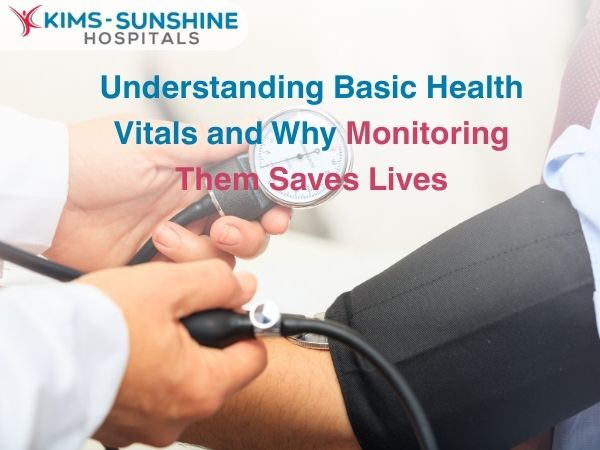
What is Angioplasty? A Guide to the Procedure and Recovery

An angioplasty, also called balloon angioplasty is a relatively simple and minimally invasive surgical procedure suggested to clear out blocked arteries. Unhindered blood flow is a prerequisite for good health, but poor diet and a sedentary lifestyle can cause fats and other molecules to accumulate in arteries, leading to poor or almost nil blood flow. If this plaque formation occurs in some of the major arterial vessels, then you may have to deal with severe consequences like an embolism or a stroke. It is a common procedure that is performed on millions of Indians, every year by experienced surgeons and specialists. There are different kinds of angioplasties too- like balloon, laser, cutting balloon, rotablation, stent and drug-eluting stent angioplasty respectively.
What To Expect During And After An Angioplasty Procedure
An angioplasty is a common surgery that is used to help patients who suffer from atherosclerosis or plaques that have caused decreased blood flow in the body. It involves threading a thin wire-like catheter up into the affected blood vessel and then inflating a balloon- which helps widen the artery to restore better blood flow. A mesh like structure called the stent is also placed if needed, at the site where the balloon was inflated to make sure that the artery remains open. The balloon is then deflated and the probing catheter removed. Recent advances have allowed surgeons to break the plaque into smaller bits, so they can flow away and not cause harm. At other times, the stent installed itself is coated with medication that does not allow the artery to clog again. The doctor will make a slight cut to get the wire or catheter in, and hence this is a minimally invasive procedure. There are no large scale cuts or incisions made. There is no need for stitches either. A local anaesthetic agent is given, so that you don’t feel any pain. You may feel a vague tugging or pulling sensation, which means the catheter is being threaded to the affected blood vessel expertly by the doctor. You will either have the catheter inserted at your groin or in your arm.
How Long Is The Recovery Time After Angioplasty?
An angioplasty will take about 40 minutes to 2 hours to finish and then you will need to rest for a few hours afterwards or at least for a couple days. You should not lift anything heavy and you should start taking blood thinners. The place where the catheter was inserted can feel sensitive for about a week.
Diet And Lifestyle Changes After Angioplasty
Making changes to your diet after you have had an angioplasty is super crucial. This means you should eat fresh fruits and vegetables, whole grains and cut back on fried and greasy snacks and foods. You should also get some exercise everyday. No more salty snacks and foods either as they are not heart friendly. Low fat dairy products are also good for you in the long run. You should not drink too much either, stop smoking and continue to take medications for as long as recommended by your doctor.
Medications Prescribed After Angioplasty And Their Side Effects
You will mostly be given low dose aspirin and other blood thinners like clopidogrel, prasugrel etc. if you have a stent in place, or just aspirin alone. Aspirin is a statin- which means it helps reduce cholesterol and other lipid levels in the blood, preventing plaques from forming. Some side effects include sleep issues, headaches, dizziness, bleeding like low platelet count and other gut related issues.
Conclusion
Recovery after an angioplasty is quick, but the importance of cardiac rehabilitation after angioplasty should never be understated. This is because a proper cardiac rehab regimen will help your heart work better – by using exercises, therapy and counselling- all in an effort to reduce stress and improve your quality of life. This also means that you will not go back to a hospital complaining of heart related issues, Making lifestyle changes is also an important component to keeping the stent working normally. A cardiac rehab program will also ensure that you take your medications on time. Normally, these medications are recommended for 6 months to 1 year, after you get an angioplasty done.






